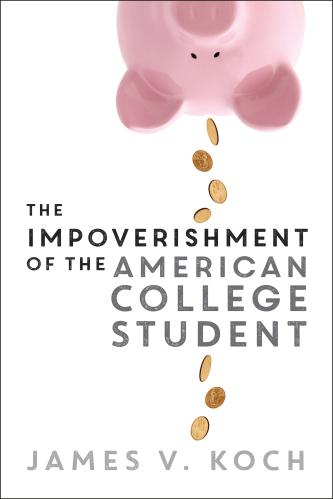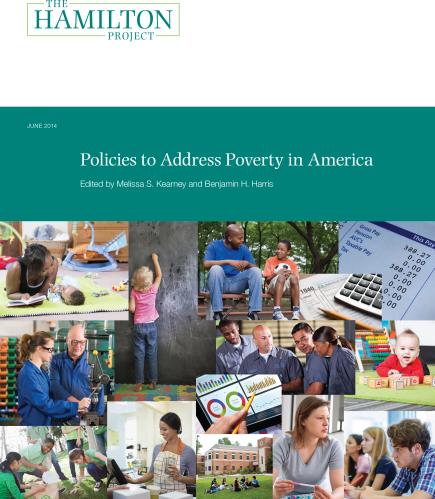Abstract
While periods of weak labor market demand and high unemployment may be a good time for newly unemployed workers to invest in their educations, the same weak economic conditions make it difficult for individuals to finance worthwhile postsecondary investments. The two types of public policies that could facilitate such investments—federal financial aid and unemployment insurance—are poorly aligned, making it difficult for newly unemployed workers to identify high-quality postsecondary options and to finance such investments. Current policy infrastructure presents newly unemployed workers with a complicated labyrinth that may contribute to missed opportunities for skill attainment and poor outcomes for those who do enroll. Recommendations for policy reconfiguration include: (1) Restructure federal financial aid for workers who experience job loss; (2) Provide systematic, customized guidance to help newly unemployed workers choose (and complete) postsecondary programs; (3) Limit access to postsecondary programs with poor performance. Not only are government institutions at the intersection of postsecondary and workforce policy in need of reform, but the evidentiary base is woefully inadequate to support the public and private investment. There is potential to not only improve outcomes for individuals through high return postsecondary programs, but to also increase the efficiency of federal and state expenditures by better aligning workforce and postsecondary policies.
The author did not receive financial support from any firm or person for this article or from any firm or person with a financial or political interest in this article. They are currently not an officer, director, or board member of any organization with an interest in this article.






